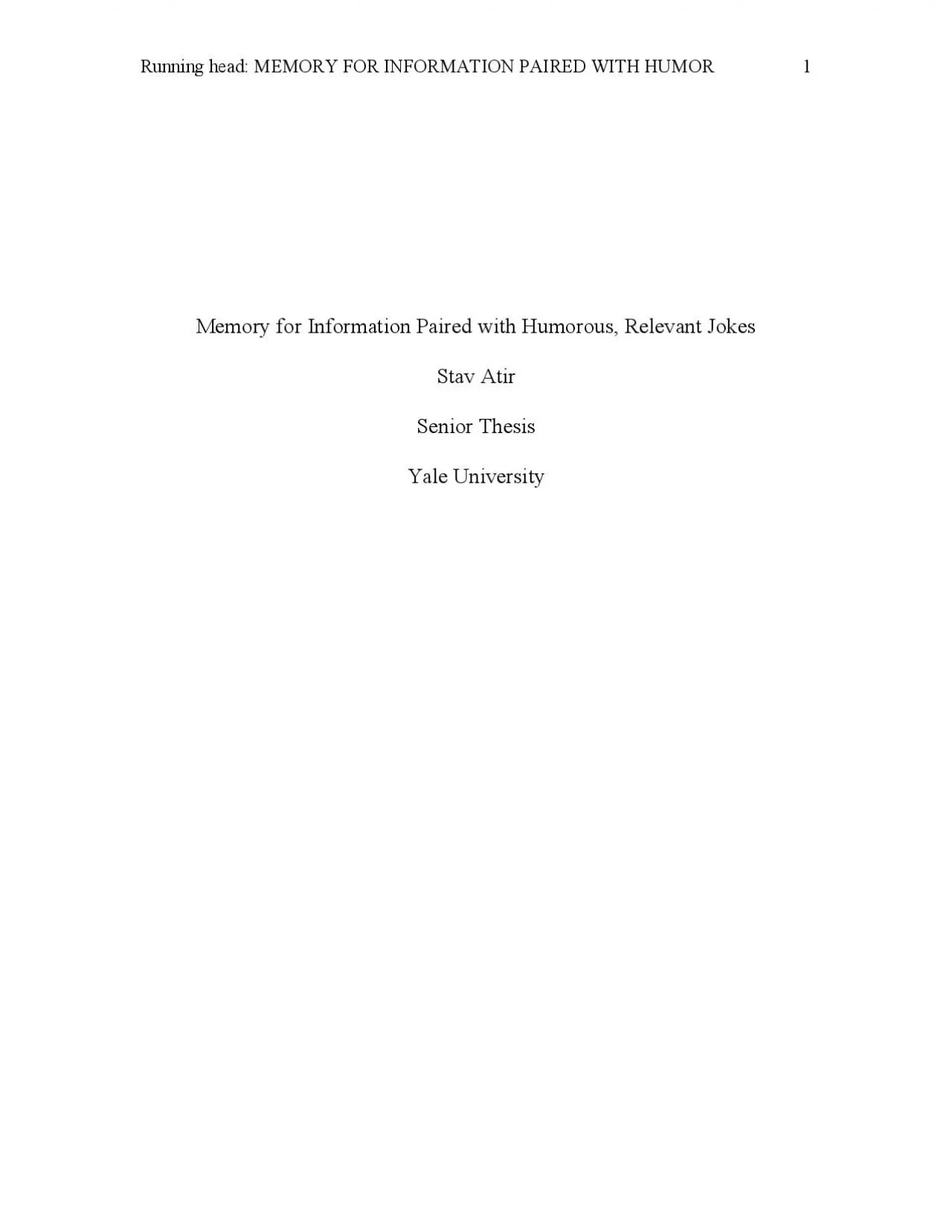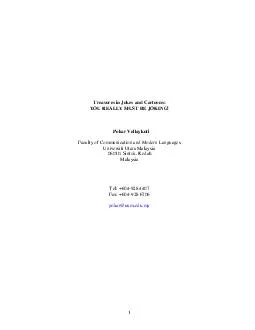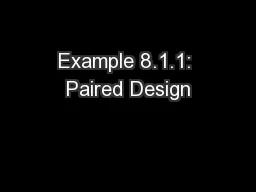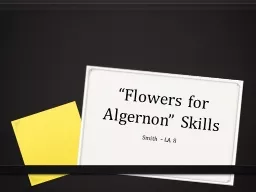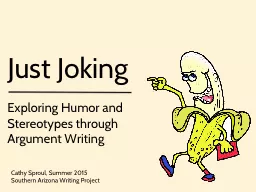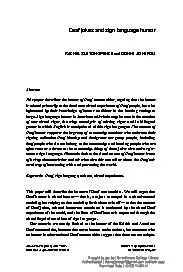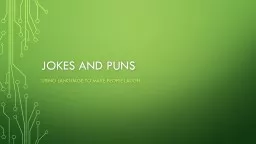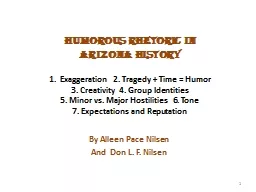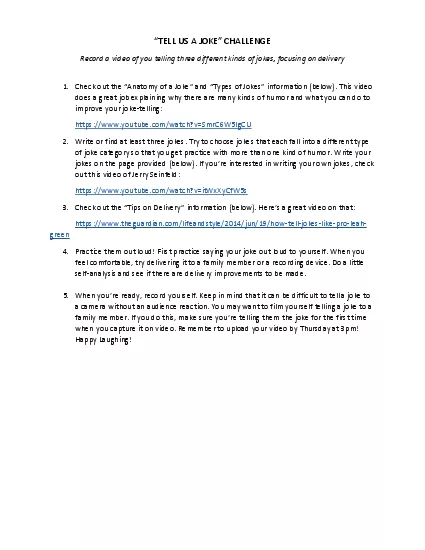PDF-3 Memory for Information Paired with Humorous Relevant Jokes Many prof
Author : ariel | Published Date : 2021-09-23
5 Berneman Bellavance Jabri unpublished manuscript Eisend 2009 The typical experimental design included varying the humor level of advertisements and testing memory
Presentation Embed Code
Download Presentation
Download Presentation The PPT/PDF document "3 Memory for Information Paired with Hum..." is the property of its rightful owner. Permission is granted to download and print the materials on this website for personal, non-commercial use only, and to display it on your personal computer provided you do not modify the materials and that you retain all copyright notices contained in the materials. By downloading content from our website, you accept the terms of this agreement.
3 Memory for Information Paired with Humorous Relevant Jokes Many prof: Transcript
Download Rules Of Document
"3 Memory for Information Paired with Humorous Relevant Jokes Many prof"The content belongs to its owner. You may download and print it for personal use, without modification, and keep all copyright notices. By downloading, you agree to these terms.
Related Documents

